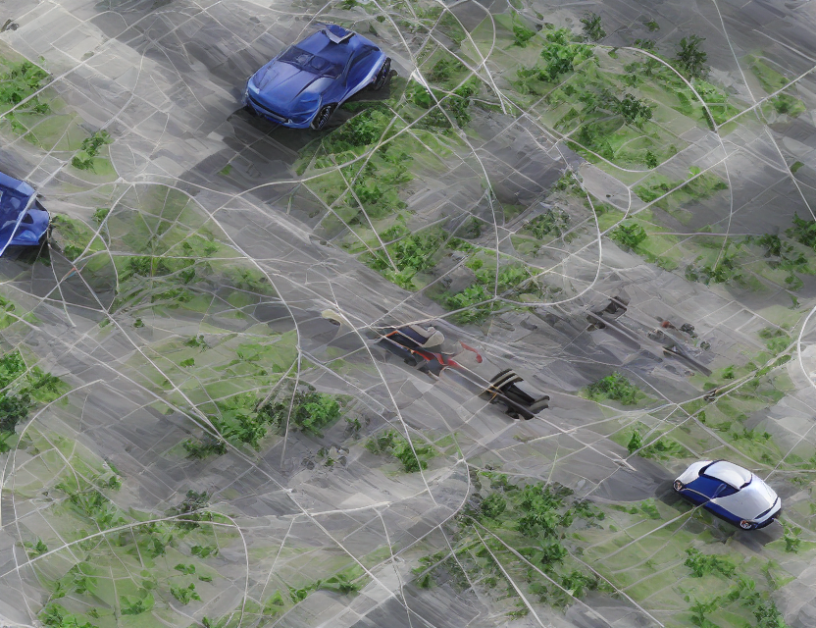In this paper, we present a novel approach to capturing spatial and temporal information from historical trajectory data called the Spatial-Temporal Graph Attention Network (STF). Our model addresses two major challenges in previous works: handling missing information and mitigating error accumulation. To address these issues, STF employs a graph attention mechanism that allows nodes to assign different importance to neighboring nodes based on their relevance to the current time stamp. This enables the model to focus on essential information while ignoring irrelevant data.
Our approach consists of three components: a graph convolutional network (GCN) to capture spatial information, a GAT to attend to temporal information, and a multi-layer perceptron (MLP) to integrate both types of information. The output of the MLP serves as input for two layers of GAT, allowing the model to capture simultaneous spatial and temporal knowledge.
We evaluate STF on the ApolloScape Trajectory Datasets and demonstrate its superior performance in comparison to previous models. Our approach shows a significant advantage in long-term trajectory prediction, ensuring that autonomous vehicles can respond more effectively to potential collisions.
To understand how STF works, imagine a complex web of interconnected nodes representing historical traffic patterns. Each node corresponds to a specific location and time, and the edges between nodes indicate the similarity between these locations and times. By applying attention mechanisms, STF can selectively focus on the most relevant nodes based on their temporal proximity, allowing it to make more accurate predictions.
In summary, STF is a novel approach that captures spatial and temporal information from historical trajectory data using a graph attention mechanism. Our model addresses two major challenges in previous works, handling missing information and mitigating error accumulation, and demonstrates superior performance in long-term trajectory prediction. By selectively focusing on essential information, STF can improve the safety and efficiency of autonomous vehicles.
Computer Science, Computer Vision and Pattern Recognition
Enhanced Trajectory Prediction in Autonomous Driving via Spatial-Temporal Transformer Networks



